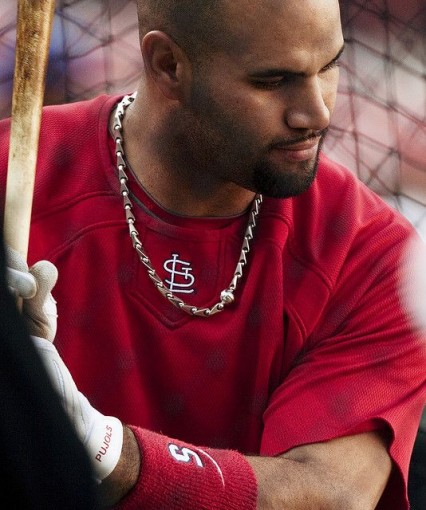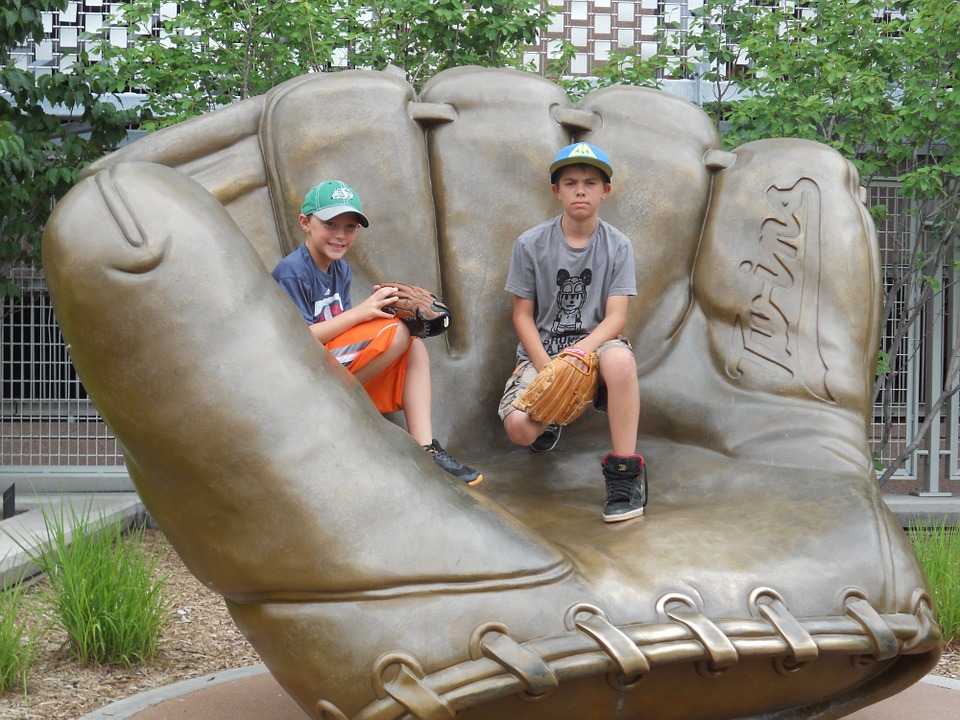Sports betting is a great way to engage with a sport if you are a fan. As long as you are playing legally, you can have a great time predicting the outcome of games and estimating the handicap that teams will have against one another.
Baseball is different than other sports when it comes to handicapping. For a beginner, it can be overwhelming to look at the facts that contribute to the handicap. Every aspect of the game, down to the starting pitcher factors into the handicap. Picking winners and setting odds is a complicated and nuanced matter that can. Hopefully, I can help you understand the basics of handicapping baseball.
#1 Follow one team
If you are a beginner to setting odds, you may be overwhelmed by having to track every team and all of their stats. There are so many numbers to keep track of and understand to fully make an accurate judgment. One of the best ways to get used to all of these facts and figures is by starting out by following just one team.
This way you don’t have to immediately have to start breaking down every team and each match up but you can track the figures of the single team. You can get a better handle on the way those figures factor into the game and set odds.
There are many online resources that help you track data for specific teams, so all you need to do is go out and look for it.
#2 follow the accurate stats
Knowing what stats are the most important to look at and prioritize over the others is an important bit of knowledge to have. Knowing what states are the most important can give you the ability to dominate in the odds and have a better understanding of how to set that handicap. So what stats should you look at/
#1. The types of the pitcher throwing.
There are several kinds of pitchers that can be placed on the mound. Understand what the categories are and know what kind of pitcher your team and the opponent has. Does your team have a power pitcher? Are they a ground-ball pitcher? Maybe the opponent put a flyball pitcher on the mound or even a knuckleballer.
There are also stats about how each team performs against these categories of pitchers. You can measure these states against one another to give you a good idea how the batting in a game will go.
For instance, if your team plays well against flyball pitchers, and that is what they have on the mound, you may have a better time up to bat than you would if they put out a power pitcher.
#2 conditions
There are some environmental conditions that are easy to track and apply to a team. For instance, day or night, or if the field has grass or turf. The effects of these conditions can be measured and applied to the potential performance of your team.
Understand how teams perform in these conditions, and you are closer to setting a better handicap. Is your team better in a hitters park or a pitchers park? Are your players better at tracking the ball during the daylight hours or are they more adept at night?
Other conditions to keep an eye on is home and away scores. How well do teams do in other fields, and how well do they do on their own. How adaptable are they to weather conditions. Are they good in the cold or the heat?
Factor these in and you can get an even clearer picture of the way the game may end up.
#3 average scores against pitchers
This is an interesting stat as you can’t always trust the numbers. You may see a poor ERA and assume one thing, but those pitchers may not let anyone cross that plate. Know and understand the ERA, but also look at other factors that will give you a better idea of how often batters score against those pitchers.
#3 Initial scan
Now that you have followed one team for awhile and git a hold of the most important stats to keep in mind, you are ready to look at a matchup. Take a look at the ticket and the stats of both of the teams. Scan it over a few times and see if things jump out at you. If there are lop sided stats, or hot streaks that may contribute to the matchup, take note of all the big standouts that will make the biggest differences.
#4 pitching
Look hard at starting pitchers. Starters can have ups and downs throughout the year, so they may not have the biggest effect on the odds, but you can count on them to give you some idea about performance. Focus on the entire history of the pitcher against the specific team they are matched against.
Measuring stats
Handicapping baseball is not a simple method, and there is no one golden answer. You need to find what stats you think are the most important and find the best way to compare them. The best way to get used to tracking these stats is by tracking a single team for a while. Learn what stats are the most indicative of performance and what ones are the most useful to track. Then scan a matchup. Look for things that stick out as important. Watch pitchers closely and put them in the context of their history.
If you found this helpful or have, questions leave a comment down below.

